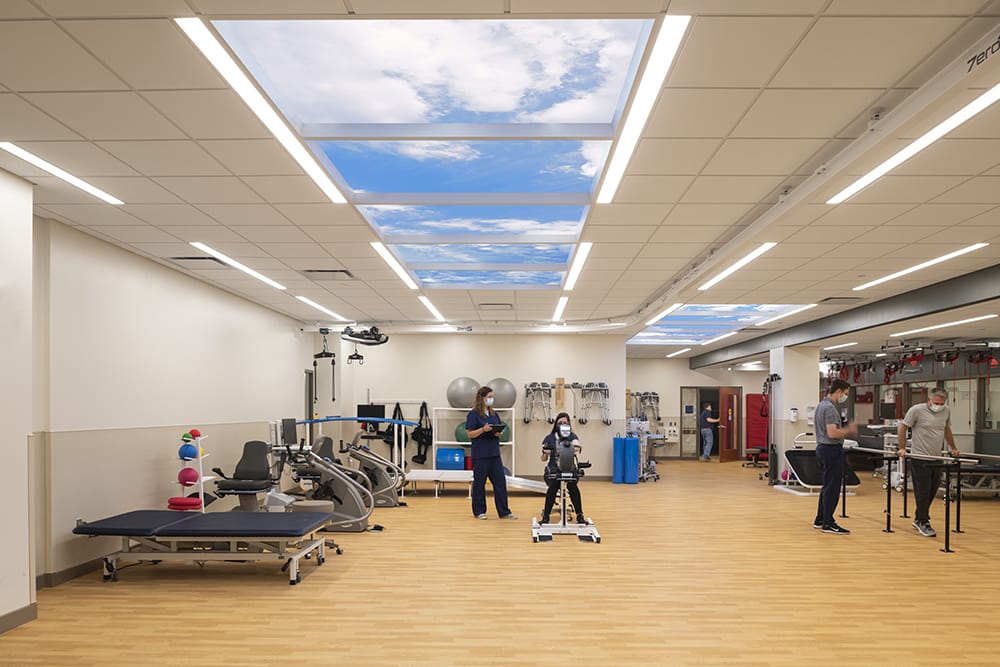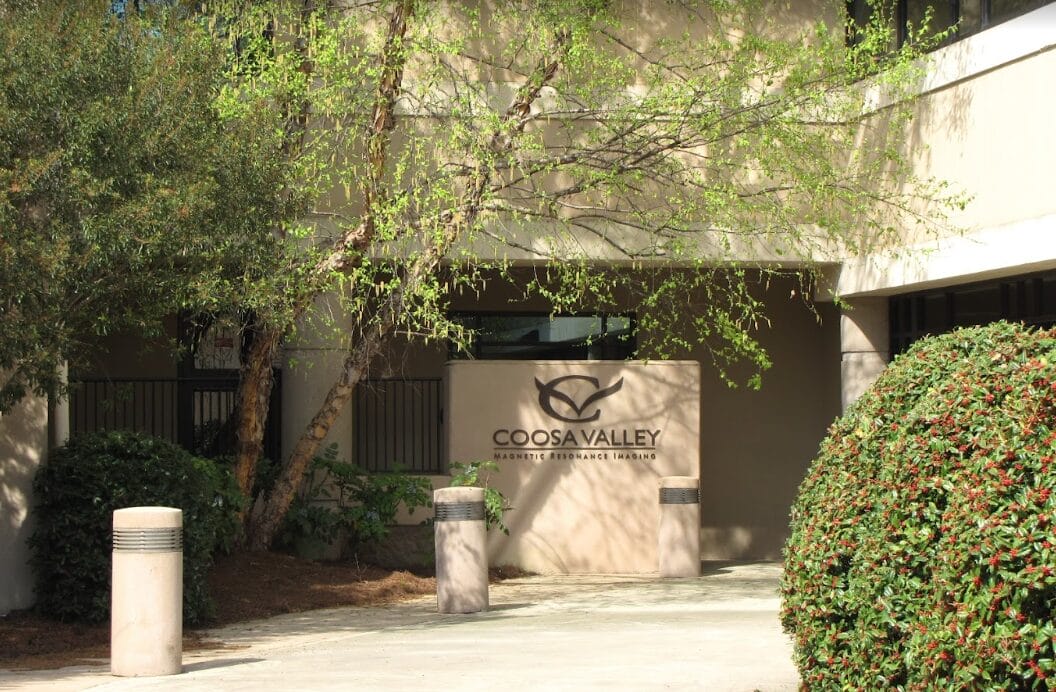This past September, Sky Factory research was featured at three conferences within a span of two weeks. It was the 2nd time since 2018 that conference abstracts on Luminous SkyCeilings appeared at international forums on both sides of the Atlantic.

Beginning on September 15th, Sky Factory presented its abstract, “Cognitive Design: Adaptive Biophilia for Older Hospitals” at the European Healthcare Design Conference as part of a panel on Technology and the Future of Care.
The study detailed the importance of retrofit solutions featuring clear biophilic design advantages that mitigate the stressful effects of confining spaces in older hospitals.
The study also highlights the strong correlation between nursing staff’s appraisal of the environment of care and its direct impact on their personal wellness and burnout rate.
Highlighting a Health Affairs report (2014) that compared patient-satisfaction scores with HCAHPS (Hospital Consumer Assessment of Healthcare Providers) surveys of almost 100,000 nurses, the abstract noted the high correlation between high ratings of the workplace by staff and higher scores on every patient-satisfaction survey question.
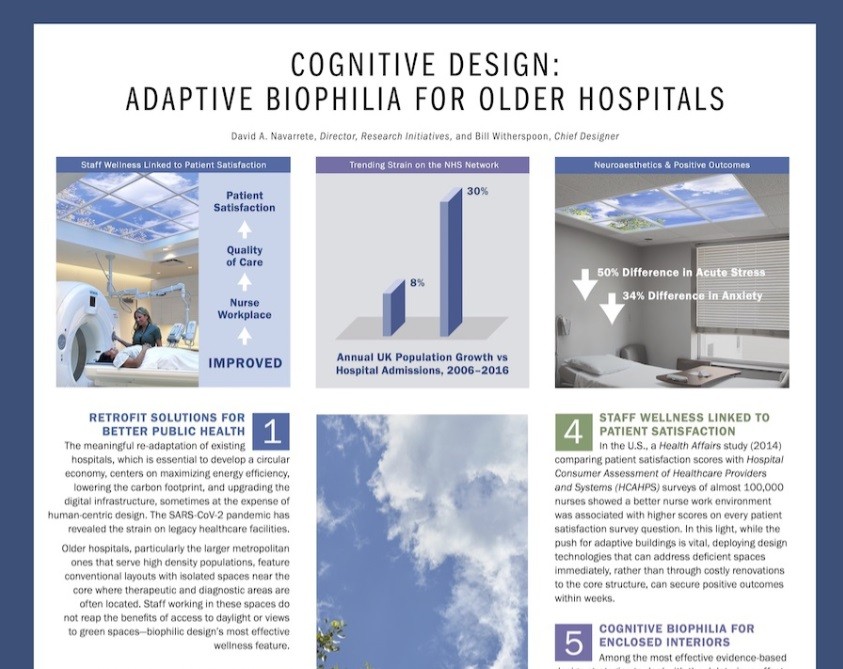
The correlation shows that investments in nurse and staff wellbeing translate directly to improvements in the patient experience and patient-satisfaction scores. The abstract also noted how bi-sensory illusions, which engage the observer’s spatial cognition and depth perception, trigger an autonomic Relaxation Response, revealing a cost effective and dependable retrofit solution to rehabilitate older clinical spaces.
Two weeks later, Sky Factory presented a study entitled “Engaging Spatial Maps with Bi-Sensory Illusions: Resetting the Perceived Zenith in Emergency Department Nurse Stations” at the bi-annual conference of the Academy of Neuroscience for Architecture.
Apoorva measured cognitive, psychological, and physiological responses in emergency department (ED) nursing staff at a hospital located in the south-central United States. After a thorough space syntax analysis of nurses walking patterns in the ED, two sets of Luminous SkyCeilings were installed at the entrances of the two nurse stations with the heaviest foot traffic. “The bi-sensory illusions are one of the most efficient and convenient means to introduce Biophilia in deep interiors,” Apoorva noted.
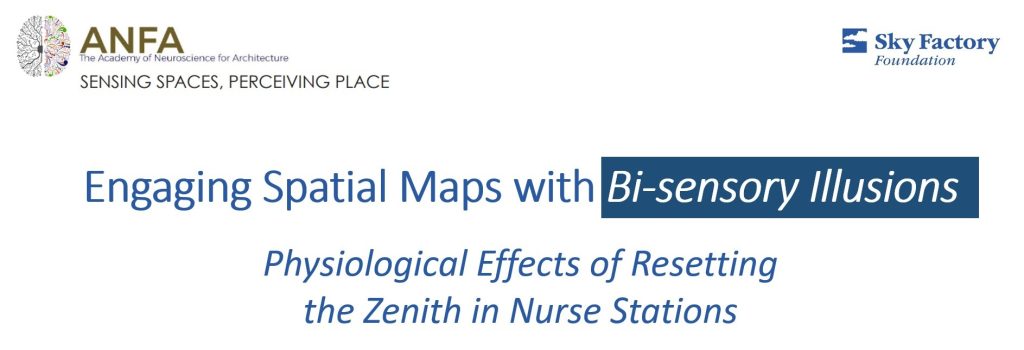
“This exploration indicated consistent improvement in cognitive and organizational outcomes. The findings of this study illuminate new avenues through which Biophilia can improve experiences of healthcare practitioners. Emergency Departments (EDs) are challenging environments to conduct research and we are grateful for the support received from the hospital staff,” she concluded.
A month-long exposure to the Luminous SkyCeilings installations revealed a meaningful reduction in absenteeism and improved cognitive acuity. The research team believes that the impact of favorable outcomes found in this study would be enormous if translated to other high stress, high stakes environments, similar to E.Ds.
That same week, on Sept. 29th, Sky Factory also gave a presentation at the Health Connect Partners Radiology & Imaging Fall Conference entitled “The Neurobiology of Biophilia and Less Stressful Imaging.” The session explored how our peripheral vision automatically maps out the space around our bodies, generating a pre-cognitive or visceral reaction to interiors.
In imaging settings, understanding how our autonomic nervous system reacts to isolated interiors allows healthcare designers to leverage our hardwired habits of perception to diffuse our gut reaction to confining and necessarily sterile clinical spaces. Understanding what neuroscientists call felt states, a chemical and neural chain reaction that wells up from environmental cues and becomes entrained emotional dispositions towards our surroundings, enables designers to avoid or counter negative triggers of fear or apprehension in high tech, isolated interiors.
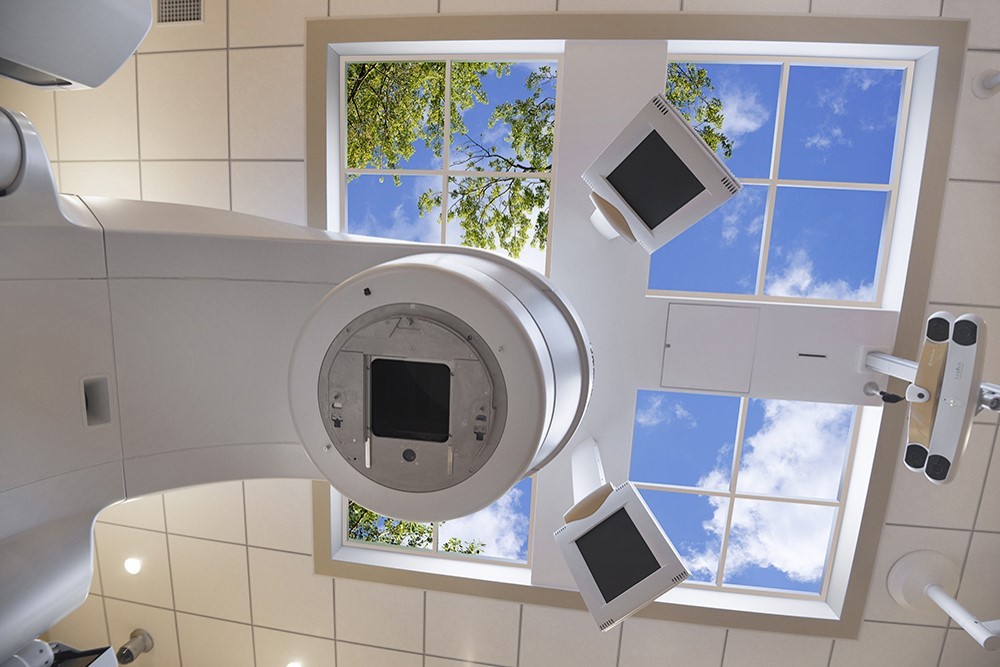
All three presentations explored how the perceived zenith, the highest point directly above the observer, can be perceptually recessed beyond the confines of the built environment using a bi-sensory sky illusion. Evidence confirms that a subconscious re-assessment of perceived proximity to a natural exterior reinforces the body’s autonomic Relaxation Response. This is the same relaxation we experience when we have enjoyed proximity to green spaces and wide open, blue skies.
The abstract presented at the European Healthcare Design Conference is available on the Salus Global web site. The study presented at the Academy of Neuroscience for Architecture is currently in the submission phase to a peer-reviewed journal, so no further details on this study are available until it is published.
The Health Connect Partners presentation was available to conference participants only. However, if you are interested in this session, we invite you to take our Continuing Education course, The Restorative Impact of Perceived Open Space, accredited by the Patient Experience Institute, the American Institute of Architects, and by the U.S. Green Building Council’s accrediting arm (GBCI), which broaches germane themes and research.

